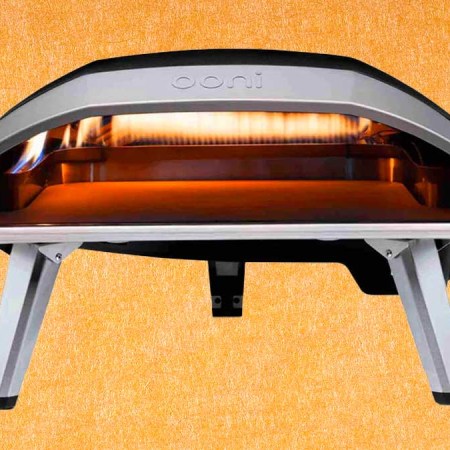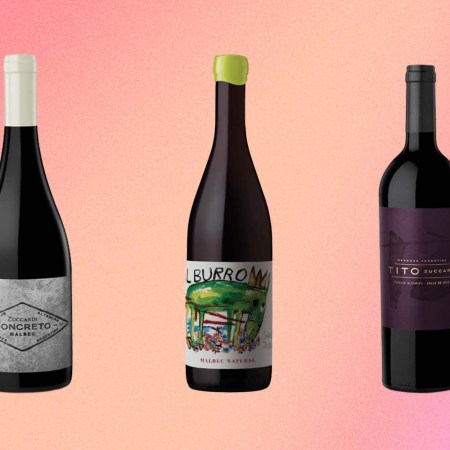“The Maserati Ghibli is the automaker’s entry level model.”
It’s an automative turn of phrase that makes everyone who hears it roll their eyes or laugh aloud, a concept patently absurd to the average car shopper.
With a base MSRP starting around $70,000, Ghibli is the Italian supercar builder’s invitation to the younger buyer looking to step into a little Bologna cache for less than six figures. It is essentially an economy car from a company standing shoulder to shoulder with status symbols like Bentley and Aston Martin.
The scoffs and giggles the idea provokes beg a question: Should a supercar brand embrace the idea of an invitation model? Or should the brand stick with $100K+ models like the Quattroporte and GranTurismo and wait for deep-pocketed drivers to assemble the required bank account?
To get a better feel for the car and its place in the world, your correspondent recently got behind the wheel of a 2020 Maserati Ghibli S GranLusso. While the base Ghibli offers that $70K price tag to get the ball bearings rolling, the S GranLusso steps up into the midrange of the model’s nine-stage trim tree. (The branches come together into this order: Base, S GranLusso S Q4, Gransport, S GranLusso, S Gran Sport, S Q4 GranLusso and S Q4 Gransport.)
If a buyer opts for the top limb of this mighty oak and adds in all of the bells and whistles Maserati’s tuning and option packages offer, the Ghibli can push toward $90,000. Before a wise reader asks why a Maserati lover would buy this bottom tier choice if the price starts edging up near the aforementioned Quattroporte, it’s wise to keep in mind those option packages will push any of their other models far beyond Ghibli’s neighborhood.

Regardless of trim level, Maserati ships the Ghibli with a 3.0 liter V6 — predictably the smallest engine in the manufacturer’s family. However, before any gearhead sees that six-cylinder reality and groans sadly at the missed opportunity of dropping in a proper V8, he or she should learn Italian and read the fine print. Maserati co-developed the Ghibli engine in a rare Pax Romana pact with Ferrari. That partnership resulted here in an engine capable of 345 to 424 horsepower, depending on tuning options.
The final product is an engine with ample power, but less raw, immediate acceleration than the Ghibli’s big sisters. Since a such neck-snapping response can rarely be used legally away from a track-day environment, that’s not a heartbreaking loss. Lest anyone think the Ghibli is somehow underpowered, this sextet power plant still offers a published 0-60 time of 5.5 seconds and a top speed of 166 mph.
The smaller engine also makes sure the surrounding environs will not shake under the sharp, explosive roar of some supercars. But it’s not like they snuck a four-banger from a Japanese hatchback into the thing. It still utters an aggressive growl at speed. The V6 is married to an eight-speed automatic transmission and an all-wheel drive system. Front and rear fully vented brakes bring it all to an effective stop.
The car’s exterior has clear touches of Maserati design language, but they’re slightly less prominent than the Quattroporte or GranTurismo with their diving noses and ascending tails. Again, that’s not necessarily a shortcoming for a Maserati, since all of the company’s builds aspire to serve as more “grown up” machines.
Regardless of performance numbers, other Italian makes are known for their audacity. A Ferrari or a Pagani is likely to announce its presence with fins, basking maw grilles, sloping fenders and jutting haunches. While no Maserati is a wallflower, the automaker’s designers opt for more subtle, sweeping lines and understated highlights.
The driving experience is enjoyable and refined. The ride doesn’t need all of that V8 or V12 supercar power to speed past 90 percent of the cars on the road. The driver enjoys effortless cruising on freeway or highway and the ability to dust rivals at the light. A proper sized sedan in an era of crossovers and coupes, there’s minimal understeer. The ride feels grounded, confident and well-balanced. There’s no give in the steering wheel and you’re more likely to find a gummy bear in your bolognese than spot a panel gap on the dashboard.
The Ghibli’s onboard AI safety and security systems include all of the essentials, from traction control and blind-spot monitoring to emergency braking assist and adaptive headlights. The infotainment offerings include an eight-speaker Harman/Kardon sound system with 280 watts output and full touchscreen interphase.
The Ghibli offers the vast majority of the performance, safety, comfort and luxury elements of any other Maserati in the line. The build quality is unquestionable and reveals the expected Italian car craftsmanship. It may knock as much as 30 large off the traditional price, but the Ghibli is every bit a proper Maserati.

The car serves two schools of prospective buyer: First, those white-collar folks who may not have the corner office yet, but still aren’t hurting for lunch money and want to park that trident M badge on their hood like they’re planting a flag in the luxury-car world. It’s the equivalent of saying, “I’ve arrived, and I’ll steer this car diligently up Mount Salary until I can turn the key on pricier alternatives.”
The second target is the more modest enthusiast who wants that Italian magic, but doesn’t want to be ostentatious about it. Such buyers can take home the name and the emblem and tell their friends there’s no reason to get sloppy with their money by stretching out another $30,000.
Maybe, all totaled, the car simply exists to appeal to more savvy buyers.
This article was featured in the InsideHook newsletter. Sign up now.






















